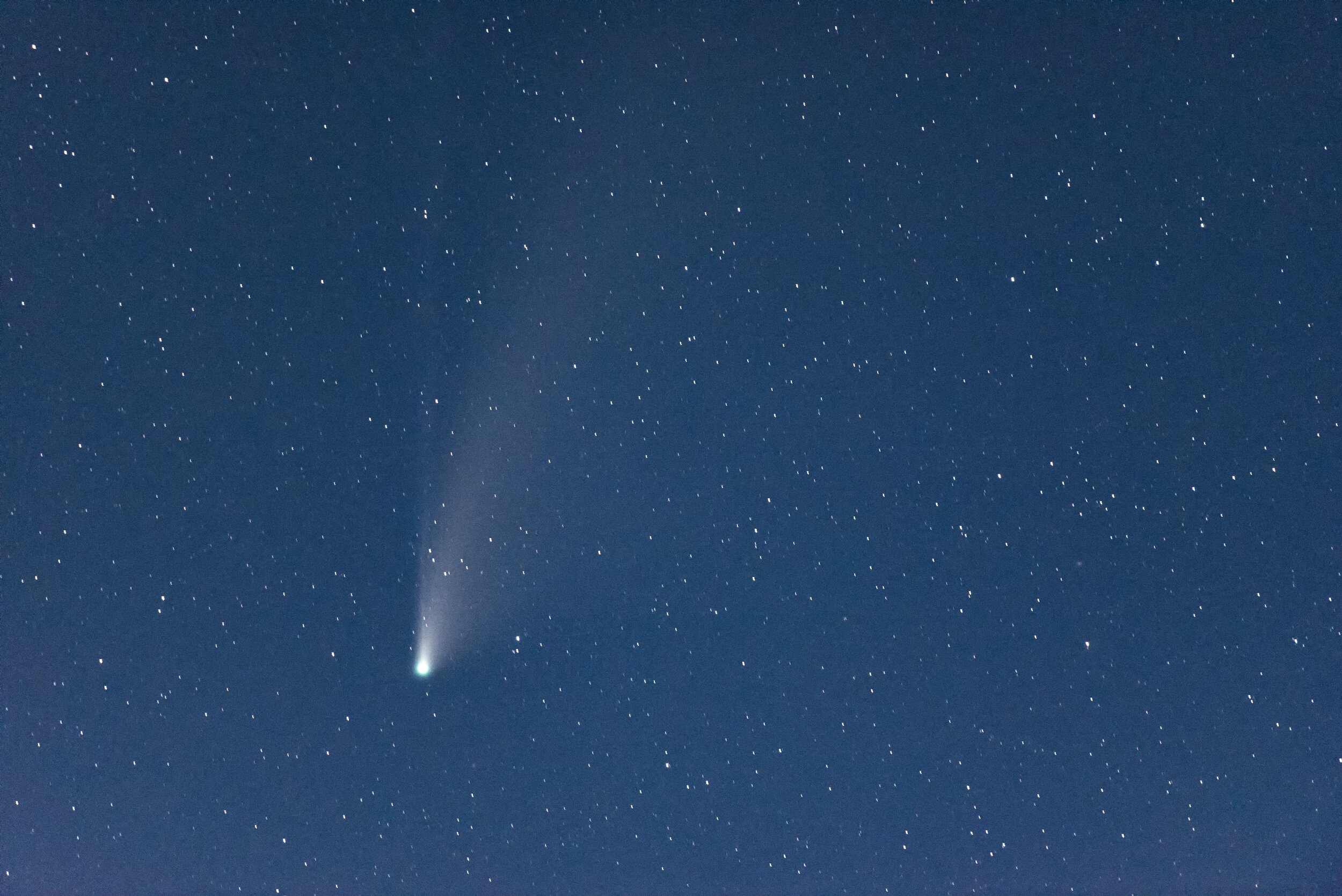
A Story of the Planet Venus
Looking For The Planet Venus Prior to 1200 BC
by John M. Collins Sarnia, Ont., Canada 2021
The Venus Comet is Tamed
In making an assessment of the end of the "Career of the Venus Comet", the author had the following "Awakening". In those 10,000 years of this story during which the Venus Comet threatened the Earth, it would have been uncommon for the people to witness two Venus/Earth encounters in a lifetime. The shortest repeating period known between Comet/Earth encounters, was 42 years. Other periods were 49, 56, 63, 77, 84 and 91 years long. A person would have to be over 55 years of age to have memories of two events. All likely heard stories of their "history" which certainly would include vivid descriptions, reinforced by details on the latest disaster.
In the events in the 1250-1200 BCE period (see the discussion in Appendix 1 - Dates of Temperature Drops in Greenland Ice Data and Noted Mentions of Destructions, item 1250 BCE & orbit cycle information at end), some people might have experienced three disasters as the orbit of Venus seems to have been severely altered. In addition they and their family would have lived in a reign of on-going terror as this object in the sky was ever-visible.
The description of the thunder bolt flying between Ares and Athena, as given in the Iliad (1184 BCE), would have been witnessed only by people living on the portion of the Earth facing that part of the sky. It would take perhaps less than a minute for the bolt to travel between those two planets, and the skies over the viewer must have been clear of clouds. Mentions of this event have been recognised in the lore of mid- to eastern North America, eastern Mexico, South America, Asia Minor, Mesopotamia, Iran (Persia), Pakistan and northwest India. The Basque people and those of the Netherlands are the only cultures in north and middle Europe that seem to have carried it through the European Dark Ages disaster (530-570 CE). The Yoruba of Nigeria and west Africa, the Kenyan and the Basotho were African cultures with memories of this event, that the author found and recognised. (See Appendix 2 - Serpent & Dragon Lore). Cultures east of Pakistan eastward to the middle of America, were not in position to see it.
Subsequent to 1184 BCE, fear of Athena (Venus Comet) disappears completely. Ares (Mars), by various names, becomes the mighty, feared God of War of virtually all cultures. Even the Greeks switch. After about 750 BCE, the name "Athena" fades in Greek lore. It is supplanted by Aphrodite who becomes the equivalent of the Roman Morning and Evening Star, Venus. Mars appears to have had an errant orbit for a while. When Venus and Mars attained their current orbits is not known by the author, but may not have been until after about 750 BCE.
It is no wonder that people everywhere, came to realise that the cycles of destruction by the Venus comet had been altered. They then subscribed to their equivalent of Ares (Mars) as being the greatest god in the sky, their new God of War. All, that is, except the Israelites with their unseen god who had used the Venus Comet to save his people and to chastise them.
As I followed these discussions, I became aware of two authors who closely examined the equating of Venus with the “war goddesses” of many early cultures. Their conclusions were that Venus as a planet-comet combination was feared world-wide as early as 4000 BCE and as recently as early Grecian times. Neither author identified the beginning nor the end of the Venus Comet period. Rather than to synopsise their work, I refer the reader to them and their writings. They are Ev Cochrane(1) and David Talbott.(2)
(1) “Ancient Testimony for a Comet-like Venus”, 2011 PROCEEDINGS of the NPA 1 College Park, MD, Ev Cochrane PO Box 1092, Ames, IA 50012, Email: ev.cochrane@gmail.com http://www.worldsci.org/pdf/abstracts/abstracts_6153.pdf
(2) “Remembering the Great Comet”, PROCEEDINGS of the NPA 597 Albuquerque, NM 2012 David Talbott, Director, Thunderbolts Project, e- mail: dtalbott@teleport.com; web: www.thunderbolts.info http://www.worldsci.org/pdf/abstracts/abstracts_6685.pdf